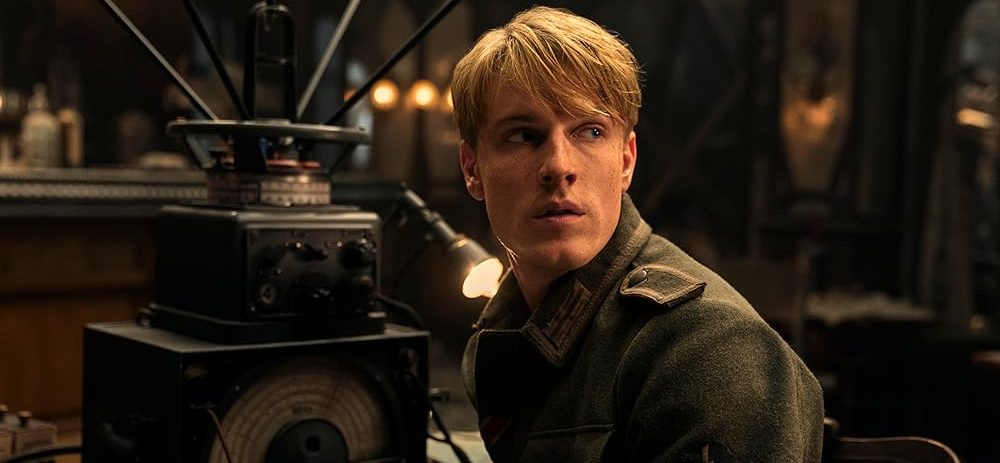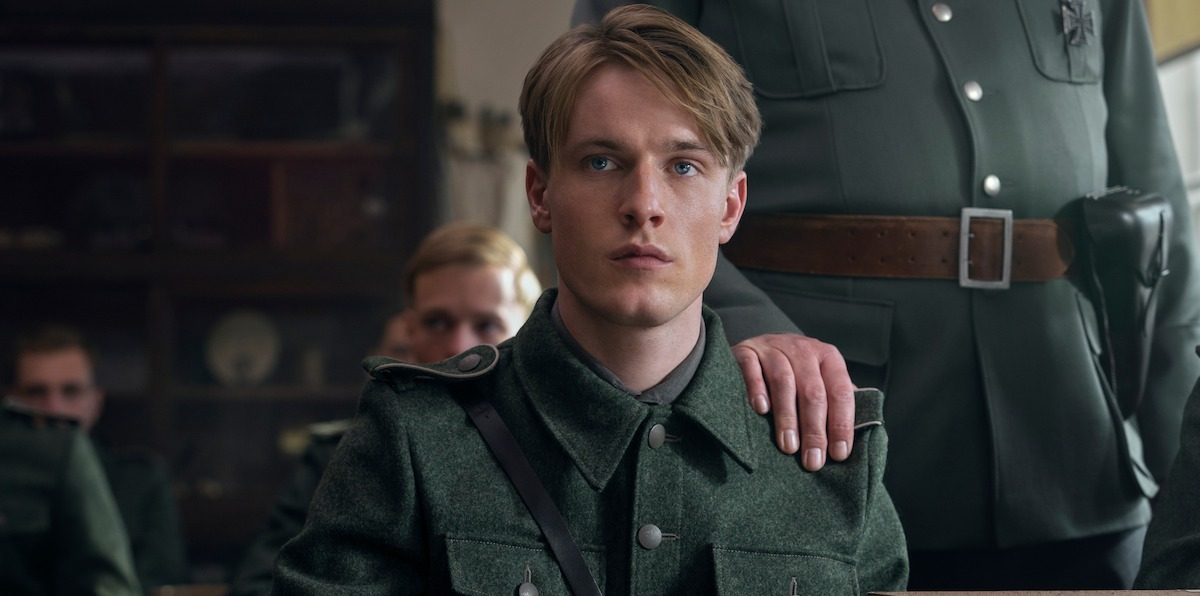Werner Pfennig is an orphaned and teenage German boy in Netflix’s ‘All The Light We Cannot See.’ The war drama miniseries, created by Shawn Levy and Steven Knight, centers around untold stories of people stuck in Nazi-occupied France during World War II, during the time the city of Saint-Malo was slowly getting destroyed by American artillery. Werner’s story merges with that of a French blind girl, Marie-Laure, who too feels lost but clings to her radio for hope.
As Werner listens to Marie broadcasting from somewhere very close to him, instead of reporting her, he gets addicted to her voice. He feels a connection he can’t explain and knows he can relate easily to this girl he has never met or seen. Even if Werner is working for the Nazis, it’s impossible to hate him because of everything we learn about his traumatic childhood and the kind of person he hopes to be. Since he’s so central to the narrative, it’s hard not to wonder if there was a real German soldier just like him during the war.
Werner Pfennig: Origin Story of the Conflicted German Orphan
Werner Pfennig’s character results from a thought that came to Anthony Doerr, the author of the 2014 historical fiction novel ‘All The Light We Cannot See,’ on which this show is based. He is not based on a real German soldier, but on the idea of the kind of Nazi we don’t read about in books, but of someone who probably existed, especially in Doerr’s imagination. Doerr wanted to explore a different side to the World War all along, a place where everything doesn’t have to be black and white and where there’s a Nazi soldier whose journey is so complex that it makes everyone sympathize with him.

While building Werner’s character in his head, Doerr initially saw him just as a boy trapped somewhere, possibly in a historical setting where there were no phones, who listens to a story from a girl trapped somewhere else over a radio. It was much later, when Doerr saw a photo of a young German boy in a magazine, that he knew this could be the central character in his book. What Doerr saw in the magazine was a teenager with loose clothes who had lost both his parents. While anyone else would have ignored a photo like this, Doerr instantly felt sympathy for a German for the first time in his life and knew he could create a character of a boy like that who would disprove the notion of Germans being evil, and instead show evil as an outside entity, mostly something that affects this young boy’s life.
This rough idea soon started taking shape when Doerr attended a book festival in Saint-Marlo in 2005 and learned that it had been almost entirely bombed by his country during the war. This revelation helped him see the city in a different light, and if, till that point, he didn’t know why Werner would be trapped somewhere, he started relating it to that event in 1944 and found out that he could use the timeline to create a story that links two people trapped with bombs falling all around them. Apart from this, Doerr revealed in an interview that he wanted to create the character of a boy people will be able to connect with and root for, even if he has made bad decisions by working with the Nazis.
In short, he wanted a character who would look like a clear villain on the outside, but the people who know his backstory would understand that even if he worked with Hitler, there was a reason for it. This helped Doerr create him the way we see Werner in the series, a totally complex character who knows he is stuck doing something evil but feels like he doesn’t have a choice. By giving him a passion for radios, Doerr managed to shape him into a character who would appeal to the masses. This could be done by projecting him as someone who doesn’t care for Hitler’s rules at the cost of his own sanity and is more involved in his engineering problems. Eventually, Werner’s character is entirely fictional, but thanks to Doerr’s imagination and research, many elements make him seem as true and relatable as anyone we know.
Read More: All the Light We Cannot See Ending, Explained: What Happens to Sea of Flames?


You must be logged in to post a comment.